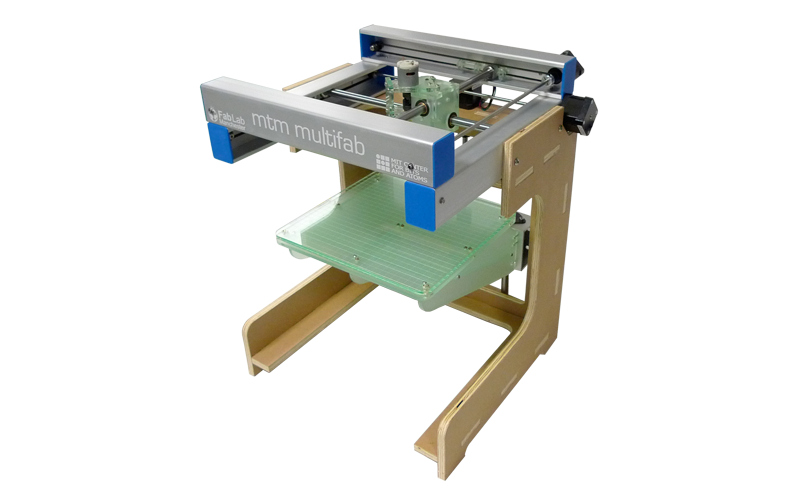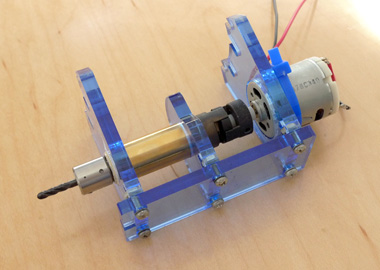 |
 |
| A high-speed (15K RPM) spindle. |
A vinyl cutting drag knife. |
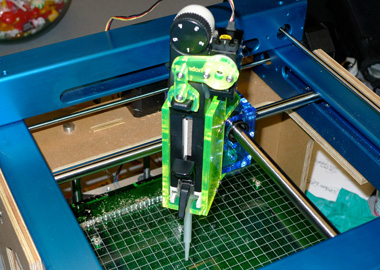 |
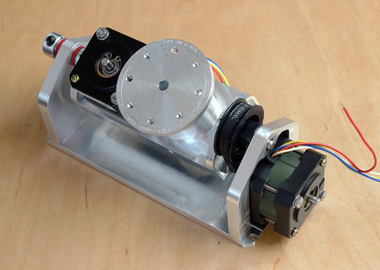 |
| An automatic repeating pipette for molecular biology research automation. |
A two-axis trunnion for 5-axis positioning. |
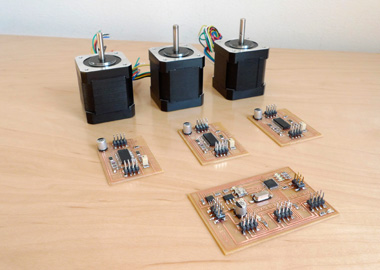 |
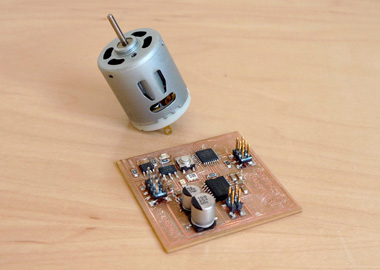 |
| These milled PCBs provide networked control of three stepper motors. Additional motors can be controlled by adding another board to the network. |
DC motors among other loads can be controlled by a networked H-bridge. |
 |
 |
| Up to eight RC servos can be independently controlled by this node. |
Power and signal is injected onto the network by an adapter PCB. |
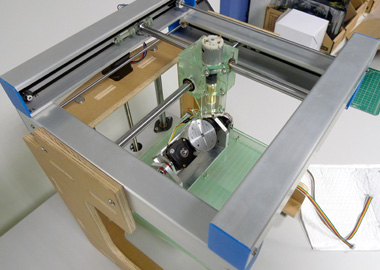 |
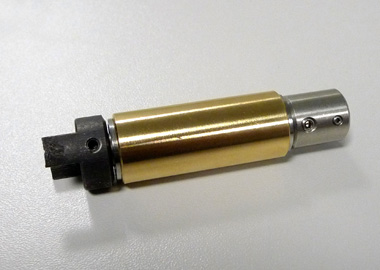 |
| The trunnion can be combined with the Multifab stage to achieve 5-axis positioning. |
The core of the spindle is built using off-the-shelf components including ball bearings, a brass bushing, and a precision shaft coupler. |
 |
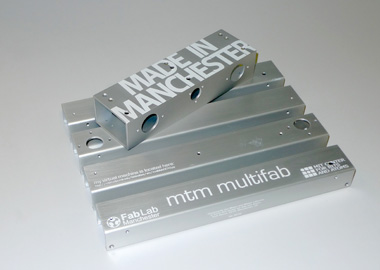 |
| In commemoration of the inauguration of FabLab Manchester. |
The completed tubeset for FabLab Manchester's Multifab machine. |
 |
 |
| Besides PCBs, the spindle can be used to cut thru plywood. In this case it made the front face of a radio designed by David Mellis. |
Some additional examples of a PCB and tiling vinyl stickers made using the Fab-in-a-Box toolkit. |
 |
 |
| This test pattern demonstrated that the repeating pipette could accurately position drops of reagent. |
For MIT's New Textiles class: a passive pen holder and a laser-cut stretch frame were used to decorate T-shirts. |
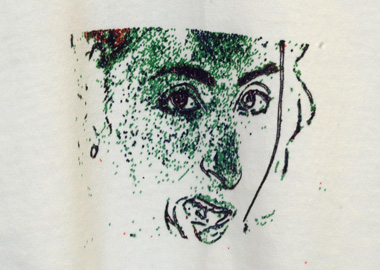 |
 |
| My girlfriend brushing her teeth, in glorious three-color process. |
The pen path to draw this dragon curve was algorithmically generated by about 10 lines of code. |
